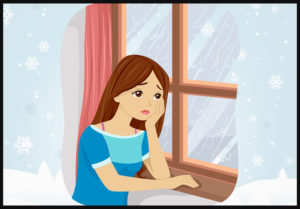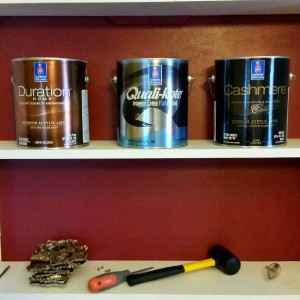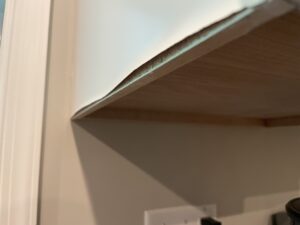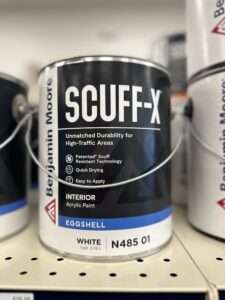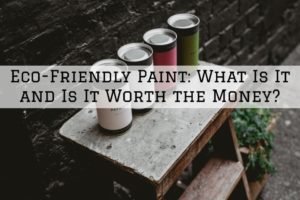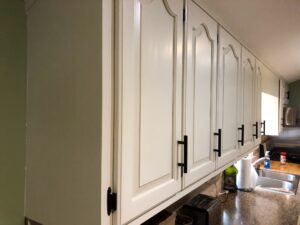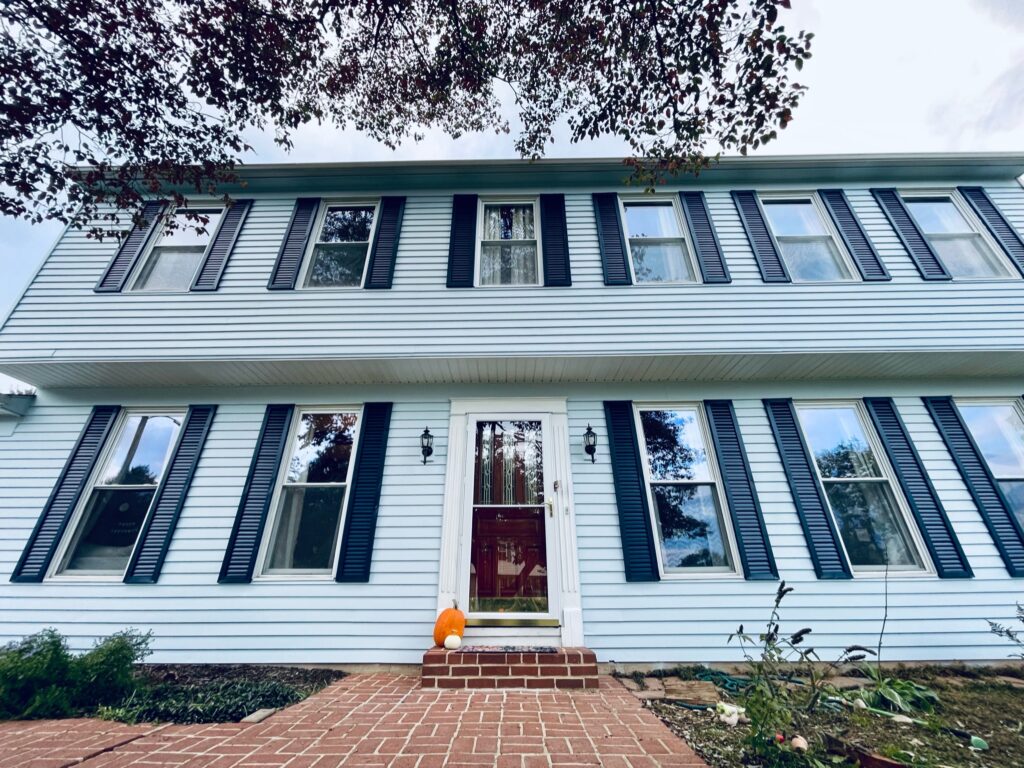
Exterior painting can be one of the best investments to make for your home. However, it can also be a money pit. There are many things to considerer before the painting process begins. How much does exterior painting costs will depend largely on the amount of prep you have done. And prep will most definitely have an effect on the longevity of your paint job. Typical exterior work lasts 3-10 years, and I am pretty sure EVERYONE wants to be on the long end of that. Here are some ideas on how to save money some exterior painting tips (and what to leave to the pros…)
First and foremost, is the exterior accessible?
If you are planning to paint the exterior yourself, you will need to be able to get all sides of the house. Professional painters and power washers will also need to be able to access everything that needs to be painted. Remember, moving heavy furniture and cutting back shrubbery/trees are not included in most painting contracts and can get costly. So keep this in mind whether going DIY or hiring someone to do the work for you. As a professional, I recommend clearing all areas around the house at the same time rather than waiting until something is in the way. This saves time and is much more satisfying in the end because starting and stopping work is no fun!
Clean the surface.
Cleaning standards vary from surface to surface. If you know the process, this can be a great place to save money when hiring a professional. Keep in mind that you will need to communicate with your painter and make sure you agree on cleaning standards. For example, a plug-in type power washer is usually weaker than a gas powered model, and may not be considered strong enough to remove mildew and debris on siding. Power washing typically costs between $300-$1200, depending on type of surface and size of the house. So a high powered pressure washer might be a good investment if this is something you would want to do regularly. Decent consumer level pressure washers start around $300 and up as of 2023.
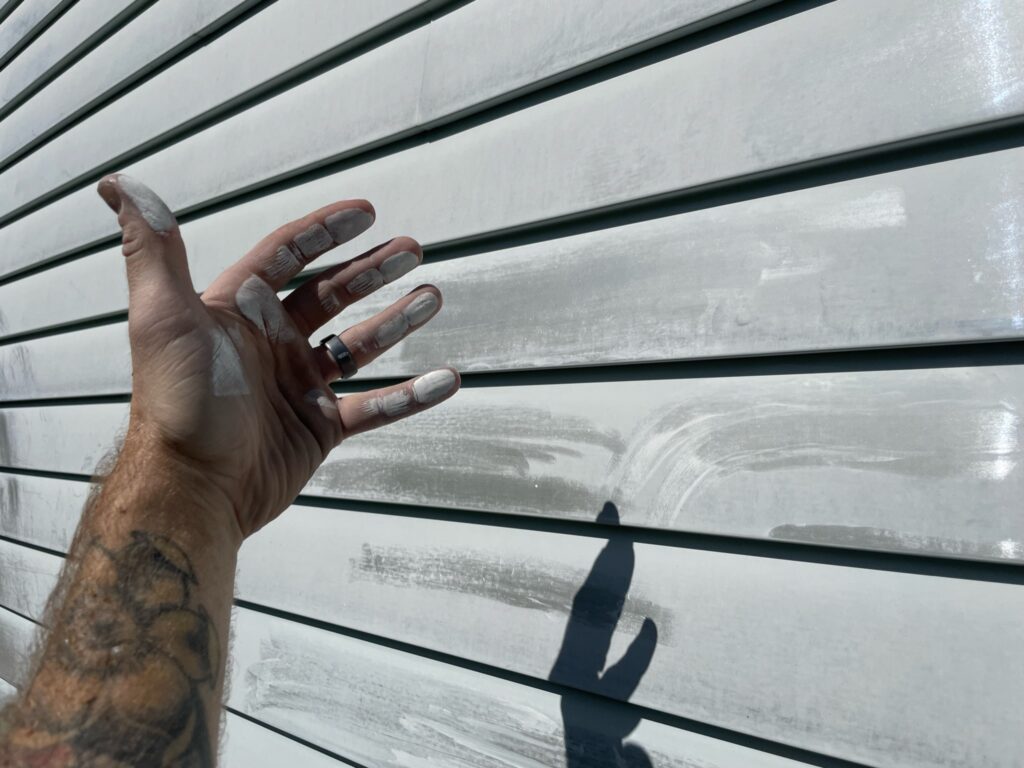
Cleaning products matter as well, and you will need to agree on what works best for your desired outcome. The author recommends Krud Kutter https://www.rustoleum.com/product-catalog/consumer-brands/krud-kutteror or Simple Green products for eco-friendly solutions, and 30-second prep type products for heavy-duty cleaning. Many heavier-duty products are still technically considered safe for plants and grass, but they are a bit harsher. Chemicals such as sodium-hypochlorite work well on algae, mold, and mildew. Decks and sidewalks are a great place to use 30-second cleaning products, as are very dirty areas of aluminum and vinyl siding.
Scrape all loose paint or stain.
Scraping or brushing loose/peeling/chipping paint is a must before any painting or staining can begin. When paint or stain is compromised, water is able to get to the surface behind it. This leads to damage that is not always visible, but can come back to haunt you years later. Try to get surfaces as smooth as possible before moving on to the next steps.
It is a good idea to check for lead based-paints if the house was built prior to 1978. Lead test kits are available everywhere (hardware stores, paint stores, etc) and are simple to use. If you are working with paint that is lead-based, make sure to read about potential health risks and WEAR PROTECTIVE GEAR (respirator, goggles, gloves, and fully covered arms and legs). If you are not comfortable with working around potentially hazardous materials, call a professional that is certified at lead renovation, repair, and painting. More information about lead paint hazards and procedures is available here: https://www.epa.gov/lead/lead-renovation-repair-and-painting-program .
Repair damage.
While it can be tempting to skip repair work, it is well worth the time to get your surfaces RIGHT. It would be such a shame to spend time cleaning everything and then leave minor repair work for later. Repair work can include the need for sanding, caulking, putty/filler, and, in some cases, replacing deck boards or rotten wood. One thing to remember is that paint and stain tend to ACCENTUATE repairs that were not done properly. So if you are not good at repair-type work, this may be something better to leave for the professionals. As a rule of thumb – the smoother the surface – the more easy it is to see repairs.
Prime surfaces where necessary.
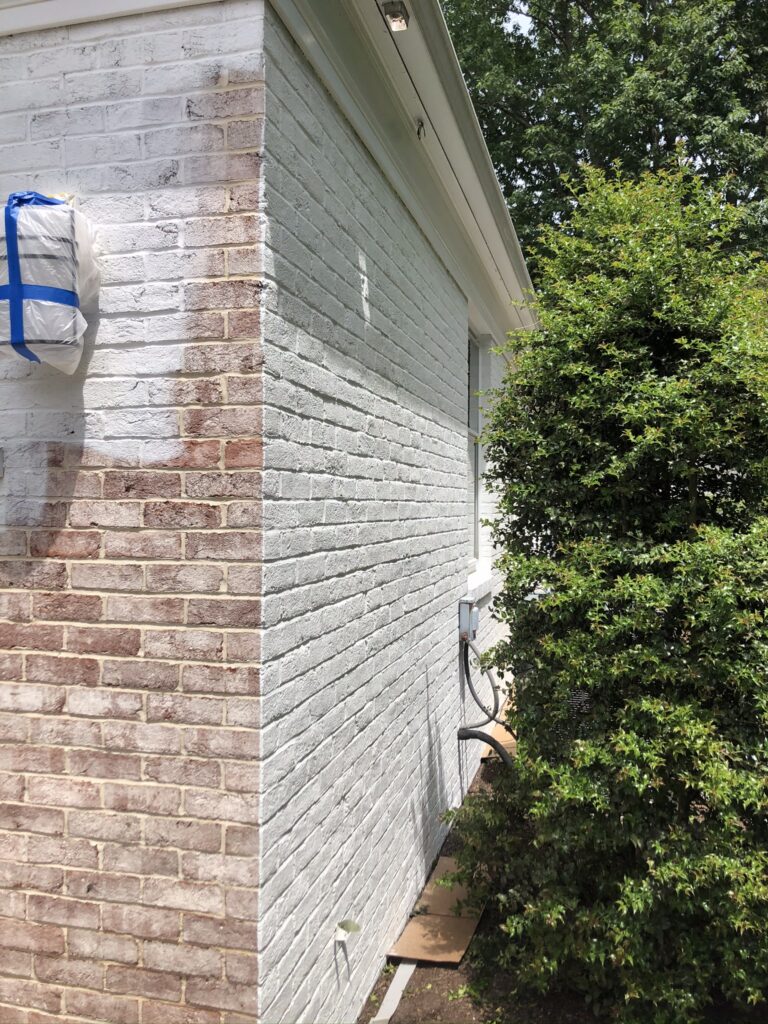
“Paint and primer in one” paints have become pretty standard these days. These materials are basically paint on steroids with additional adhesion and stain blocking properties. Damaged or difficult surfaces may still required stand-alone primers. Primers are great for sealing-in damaged and raw wood. Primers promote adhesion on “hard to stick to” surfaces such as metal. Difficult/stubborn stains can also require primer to prevent bleed through. Consult your local paint store or professional if you are uncertain about a surface needing a prime coat.
Finally it is time to PAINT!
If you have done one or more of the above listed steps yourself, you should have some extra budget saved for painting! If planning to do the painting yourself, some things to consider…
-Open an account at the paint store to access discounts. Consumer discounts aren’t as good as professionals, but will almost always save money. Dedicated paint stores usually offer higher discounts than box stores such as Home Depot and Lowe’s.
-Do your research and buy the best paint you can afford. The most expensive paint is not always the best, however, most good paint IS EXPENSIVE. Remember that high quality paints are more durable, retain color better, and add YEARS to the job. It doesn’t make sense to follow all the steps for a great paint job and skimp on materials. Buying high quality paint is the most important thing you can do for your project. Some great exterior paints the author has used and recommends include Sherwin Williams Emerald and Resilience, Benjamin Moore Aura and Regal Select, and Behr Marquee. There are lots of great options out there. Professional boards are helpful for reading about paint properties that experts find important.
Choose sheen wisely. The higher the sheen level, the more surface imperfections will be visible. Flat or Matte finish is a great choice for siding, Satin or Semi-Gloss work well for trim.
If staining, remember that transparent stain/sealers will eventually look uneven from UV damage to the wood. Consider a solid finish. Homeowners often worry they will lose the feel of the wood, but decks and siding maintain their contour regardless of the pigment. Solid stain certainly does not look the same as a transparent finish, but its uniformity is aesthetically pleasing. Sikkens makes great products for decks, log cabinets, fences, and more.
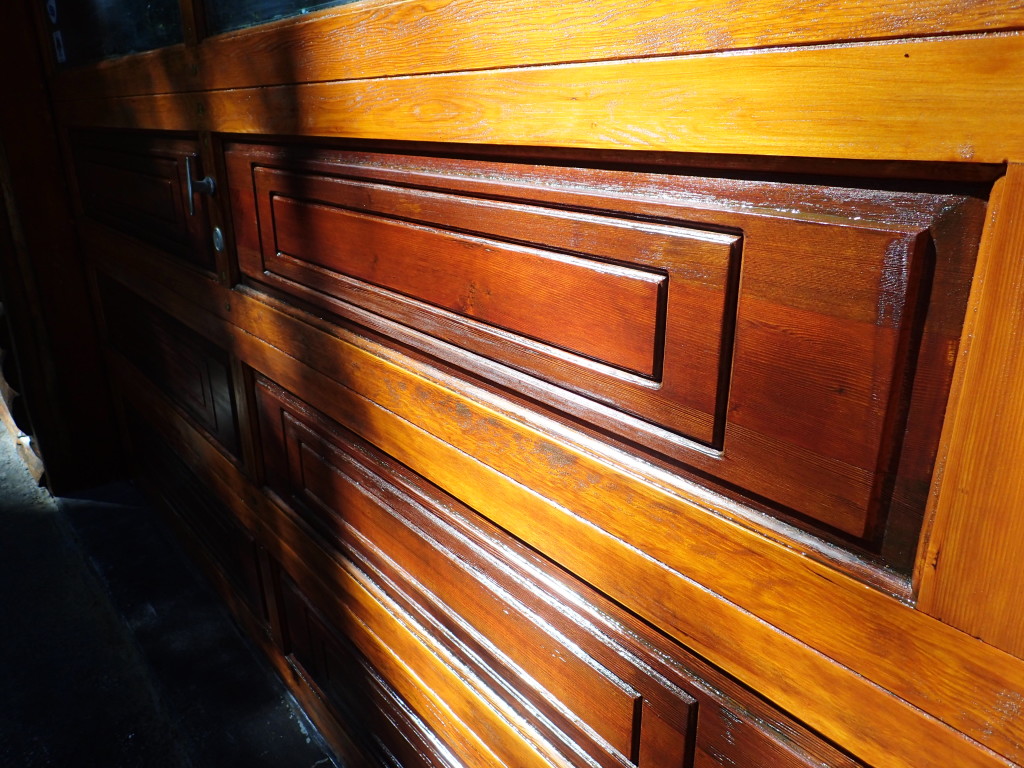
Thank you for reading our blog: Save Money On Exterior Painting. Please feel free to reach out to us for estimates – and also if you are a DIYer and just have some questions we can answer in an email. We are happy to talk shop about all things painting even if you are planning to do a job yourself!

Free Online Estimating https://www.justaddpaint.net/contact-us
www.justaddpaint.net
https://www.facebook.com/justaddpaint/
Related blog post: https://www.justaddpaint.net/save-money-on-painting
